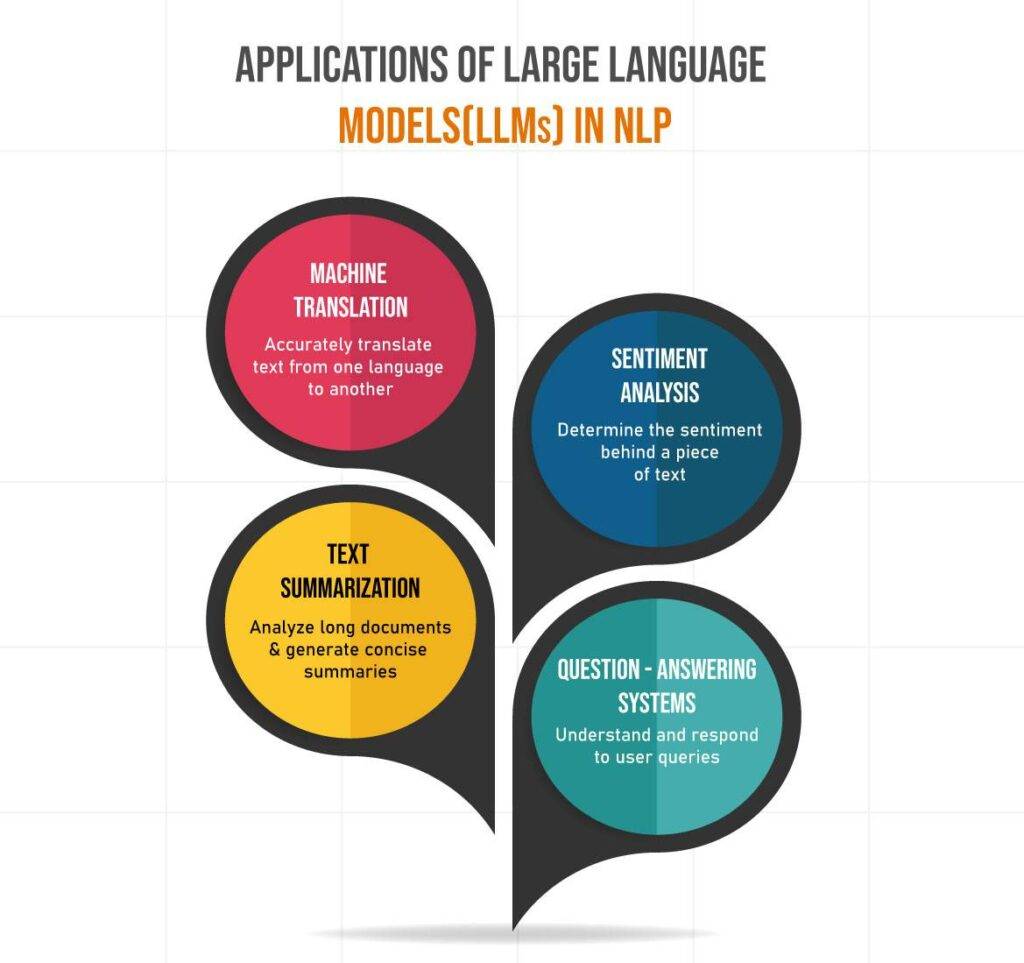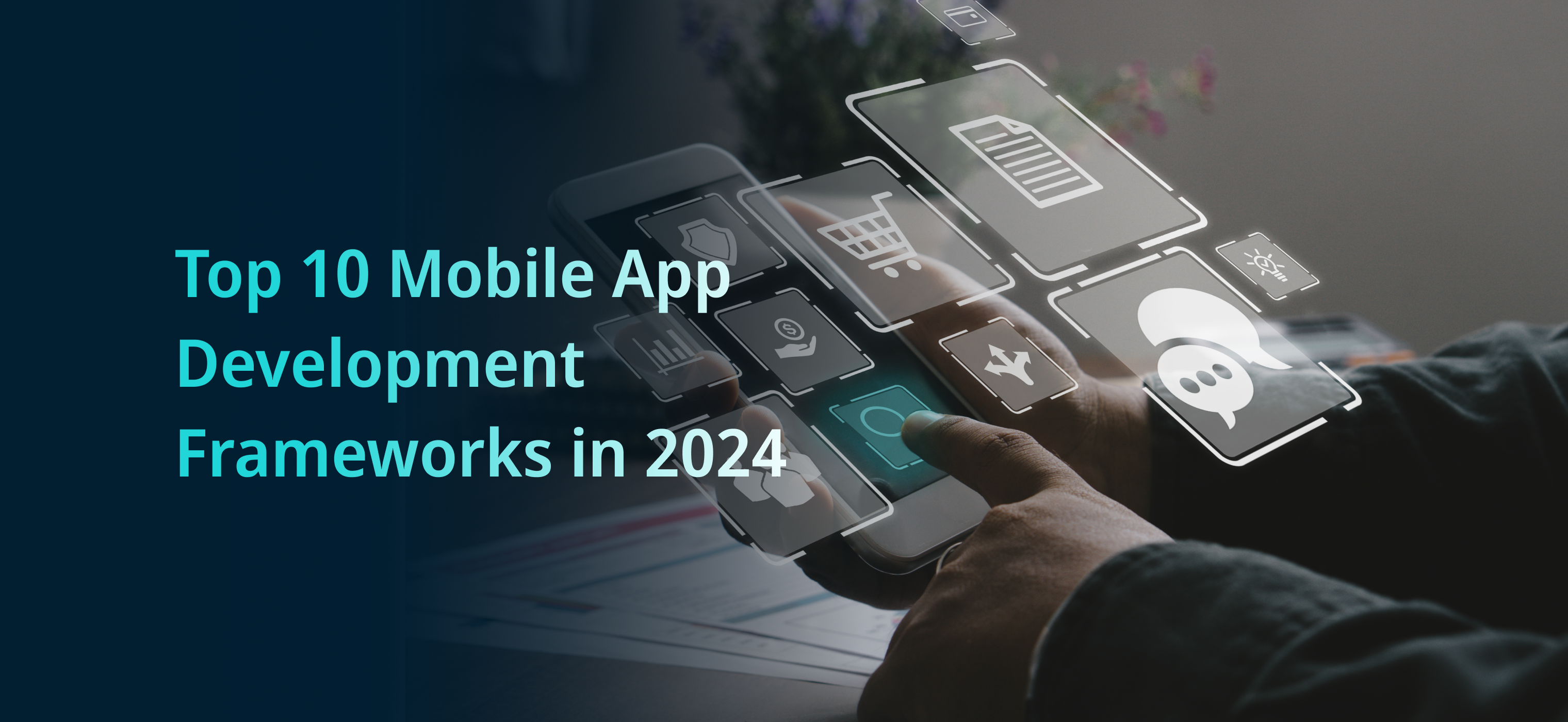The potential of Natural Language Processing (NLP) is vast and powerful. With the advent of large language models, such as Google’s BERT and OpenAI’s GPT-2, the possibilities for NLP have increased exponentially. These large language models are capable of processing massive amounts of data and making complex predictions. As a result, they are becoming increasingly popular in the field of NLP, offering unprecedented potential to unlock the power of language. In this blog post, we will explore the advantages of using large language models in NLP, and how these models can be used to advance the field.
What are Large Language Models?
Large Language Models (LLMs) are a type of machine learning (ML) models specifically designed for Natural Language Processing (NLP) tasks. These models are trained on vast amounts of textual data to learn patterns and relationships in language. LLMs have the ability to understand and generate human-like text, making them a valuable tool in the field of NLP.
What sets LLMs apart is their size and complexity. These models contain billions of parameters, enabling them to capture intricate nuances and context in language. With this immense capacity, LLMs can process large volumes of text data and generate high-quality outputs.
LLMs work by utilizing a technique called “self-supervised learning.” This means that they are trained on massive amounts of text data without explicit labels, learning to predict missing words or generate coherent sentences. By training on such a diverse range of language patterns, LLMs become adept at understanding and generating text in a wide variety of domains and styles.
The development of LLMs represents a significant leap forward in the field of NLP. These models hold immense promise for applications such as machine translation, sentiment analysis, text summarization, and much more. As we delve deeper into the future of NLP, LLMs will undoubtedly play a crucial role in unlocking the power of language.
Large Language Models (LLMs) represent a groundbreaking leap in natural language processing. These AI-driven marvels, such as GPT-3, are the result of cutting-edge Machine Learning Development Services. They possess an astounding ability to understand and generate human-like text, revolutionizing communication, content creation, customer interactions, and more. With LLMs, the boundaries of human-machine interaction are being redefined, offering a glimpse into the future of AI-driven innovation across industries.
How do Large Language Models work?

Large Language Models (LLMs) operate by utilizing a combination of deep learning techniques and massive amounts of training data. These models are often referred to as "black boxes" because they are incredibly complex and their inner workings can be difficult to comprehend. However, at a high level, LLMs function by learning the statistical patterns and relationships within language.

Initially, LLMs are trained on a large corpus of text data. They analyze this data to learn the patterns and associations between words, phrases, and sentences. The models employ a variety of techniques, including recurrent neural networks (RNNs) and attention mechanisms, to capture the context and meaning of words.
During the training process, LLMs attempt to predict missing words in sentences or generate coherent text based on a given prompt. By doing so, they learn to understand the semantics and structure of language.
Once trained, LLMs can be fine-tuned for specific NLP tasks such as sentiment analysis or language translation. Fine-tuning involves further training the model on task-specific data to improve its performance in that particular domain.
Overall, LLMs are highly complex ML models that learn language patterns through exposure to vast amounts of data. Their ability to generate human-like text and understand contextual nuances makes them incredibly valuable in the field of NLP.
Current Applications of Large Language Models in NLP

Large Language Models (LLMs) have a wide range of applications in Natural Language Processing (NLP), making them an invaluable tool in various industries. One of the key applications of LLMs is machine translation. These models can accurately translate text from one language to another, providing a valuable resource for global communication.
LLMs are also widely used in sentiment analysis. By analyzing text data, these ML models can determine the sentiment behind a piece of text, whether it is positive, negative, or neutral. This is particularly useful for businesses in monitoring customer feedback and understanding public opinion.
Another significant application of LLMs is text summarization. These models can analyze long documents or articles and generate concise summaries, saving time and effort for individuals who need to extract key information quickly.
Additionally, LLMs are utilized in question-answering systems. These systems can understand and respond to user queries by retrieving relevant information from large amounts of textual data.
Overall, LLMs have proven to be highly versatile in NLP applications, revolutionizing industries such as translation, sentiment analysis, text summarization, and question-answering systems. The potential for further advancements and new applications in the future is promising, highlighting the immense value of these ML models.
Limitations of Large Language Models and Ethical Concerns
While Large Language Models (LLMs) have revolutionized the field of Natural Language Processing (NLP), they are not without their limitations and ethical concerns. One major limitation is the potential for biased outputs. LLMs learn from the data they are trained on, and if the training data contains biases, the models may produce biased or discriminatory results. This can perpetuate existing societal inequalities and reinforce harmful stereotypes.
Another limitation is the issue of data privacy. LLMs require vast amounts of data to be trained effectively, which often includes personal information. This raises concerns about how this data is collected, stored, and used, and the potential for misuse or breaches of privacy.
Additionally, the energy consumption of LLMs is a growing concern. Training and running these large models requires significant computational power, resulting in a substantial carbon footprint. As the demand for LLMs increases, so does their environmental impact.
Ethical considerations also come into play when it comes to content generation. LLMs have the ability to create highly realistic and convincing fake text, which can be used for malicious purposes, such as spreading misinformation or generating deepfake content.
As the field of NLP progresses, it is crucial to address these limitations and ethical concerns to ensure the responsible development and deployment of LLMs.
The Future of NLP and Large Language Models
As we look ahead to the future of Natural Language Processing (NLP), the potential of Large Language Models (LLMs) becomes even more exciting. The development and application of LLMs have already transformed the field of NLP, but there is still so much more to come.
One area of focus for the future of NLP is the continual improvement of LLMs. As researchers and developers work to refine and fine-tune these models, we can expect even more accurate and sophisticated language processing capabilities. This means that tasks such as machine translation, sentiment analysis, and text summarization will become even more efficient and accurate.
Additionally, the integration of LLMs with other emerging technologies holds great promise. For example, combining NLP with speech recognition and generation technology can enable more advanced and interactive virtual assistants. LLMs can also play a significant role in enhancing the accessibility and usability of digital content, making information more readily available to people around the world.
In the future, we can also expect to see LLMs being used in fields beyond traditional NLP applications. These models have the potential to revolutionize industries such as healthcare, finance, and law, where accurate and efficient language processing is critical.
Ultimately, the future of NLP and Large Language Models is boundless. As we continue to explore the possibilities and overcome challenges, these models will play an increasingly central role in advancing our understanding and utilization of human language. The potential for innovation and impact is immense, and the future of NLP is bright.
Let’s turn your ideas into reality!
Hire Python Developer Unlock the potential of your projects with our expert Python developers.
Implications for Industries and Businesses
Large Language Models (LLMs) have far-reaching implications for industries and businesses across various sectors. The advanced capabilities of LLMs in Natural Language Processing (NLP) can greatly enhance productivity, efficiency, and decision-making processes.
For businesses in the customer service industry, LLMs can automate and improve the quality of interactions with customers through chatbots or virtual assistants. These models can quickly analyze and respond to customer inquiries, providing personalized and accurate information in real-time.
In the field of finance, LLMs can be used to analyze large volumes of textual data, such as financial reports or news articles, to identify market trends, predict stock prices, or evaluate investment opportunities. This can greatly inform investment strategies and improve decision-making for financial institutions.
LLMs also have significant implications for the healthcare industry. They can be used to analyze medical records, research papers, and clinical trial data to improve patient care, assist in medical research, and even aid in the development of new treatments or medications.
In the legal sector, LLMs can automate time-consuming tasks such as contract review, legal document analysis, or case research, enabling legal professionals to focus on more strategic and high-value activities.
Overall, the implications of LLMs for industries and businesses are vast. These models have the potential to streamline processes, increase productivity, and provide valuable insights, ultimately driving innovation and competitive advantage in a wide range of sectors.
Visit Internet Soft for the latest tech trends and insights around AI, ML, Blockchain, along with NeoBanking and timely updates from industry professionals!
Need assistance or have questions? Reach out us at sales@internetsoft.com.








